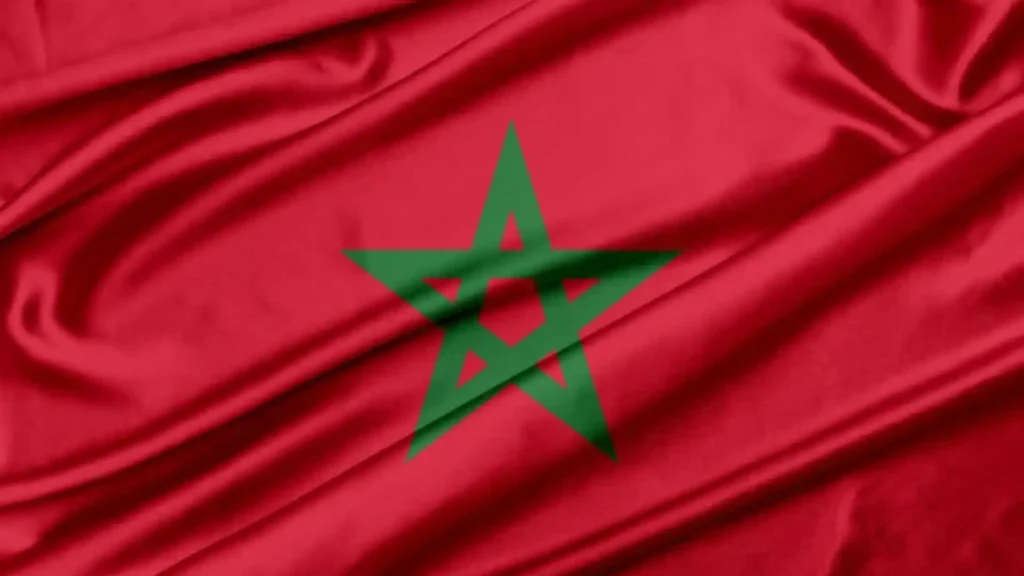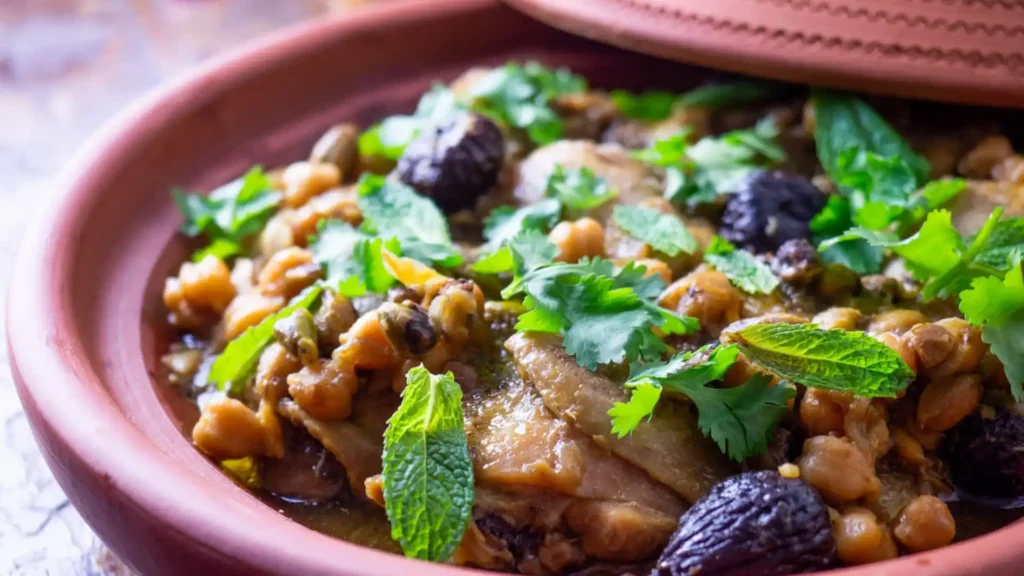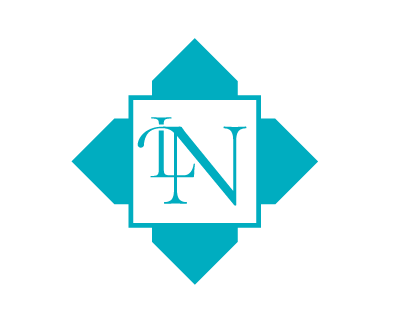Top Beaches To Visit in Morocco
In previous articles, we have mentioned the best places to visit in Morocco, the best time to visit Morocco, the best honeymoon packages, and other exciting topics that you should consider before planning the best Morocco tour. Morocco sits just a stone’s throw from Europe, as a matter of fact, less than 10 KM. Morocco is known for being a land of incredible and mixed landscapes, from the Sarah Desert to the green Atlas Mountains. Morocco coast line runs more than 1,200 miles along both the Atlantic and the Mediterranean seas. This means that this country has many beaches that are just begging to be visited and explored. There is a thing for every visitor; fantastic spots for keen surfers and water sports lovers; there’s no shortage of waves along many of the country’s sprawling sea sides and for those who are just into tanning in the Moroccan golden sunshine. With so many fantastic beach resorts in Morocco, this country is becoming a favorite summer destination, so you don’t have to tackle far to find a squeaky-clean sweep of golden sand to yourself. Over the last decade, Morocco has been establishing itself as a surf destination; a significant portion of its beaches are dedicated to surfing. The Atlantic Coast’s wild and windswept beaches are famous for their surf, and with so many surf schools nearby, makes Morocco a beautiful hub for those who want to learn how to surf. Taghazout is home to some of the top surfing in Morocco beaches. In this article, we will list all the famous and worth-seeing beaches in Morocco so when you are planning your next trip to this beautiful country, use this guide for a better experience. Agadir Beach On the southern Atlantic Coast, Agadir is Morocco’s most famous beach resort town you can start with. Speaking of Agadir, it is impossible to talk about only one beach. Instead, we have made a list only for Agadir beaches that you shouldn’t miss. Aghroud Aghroud beach is one of the beaches where you wouldn’t want to leave the water. It is generally quiet and uninhabited as it is 35 kilometers from Agadir, so Imi Ouaddar or Taghazout are the closest lodging options. Most people visit this place for a day trip since there is not much to do other than swimming and sunbathing in calm and clean waters and away from surfers. Taghazout Beach Taghazout is a former fishing village 20 kilometers north of Agadir. With less than 20k inhabitants and a unique ambiance, this area has long been considered a surfer’s paradise because of the moderate climate, surfable waves, and numerous world-famous surf spots like Anchor Point, La Source, and H Point. Taghazout beach’s popularity has increased tremendously in the past 7 years; surfers visit from all over the world to spend a day or two, then end up spending a week or two. Other than surfing, Taghazout beach remains a fantastic destination for many activities. Such as a tour on Quad along the beach, sipping coffee by the sea in a surf Berber cafe, admiring the breathtaking view of the sunset, or simply taking a stroll through the village to get a feel for everyday life there. You should visit Taghazout during nighttime; people gather on the beach, make bonfires, and play live music. Imi Ouadar Beach Imi Ouaddar beach lies only a few meters from the Imi Ouaddar village, and it’s a long calm beach known for its clear water. This village is famous for its fresh fish. A small and traditional port in the village provides the town with all sorts of fresh fish daily. Families who wish to spend some quality time together and eat the best seafood in the region are the primary visitors to this beach. Tamri Beach Tamri is a small village 50km north of Agadir and inhabited by about 20k people. This place gives the impression of being on a beach in the Saraha desert. In this spot, the Atlantic ocean meets the sand dunes. As Tamri beach is highly distinct from the others in this area, visiting it would be a fantastic experience. Mirleft Beach Mirleft is a small fishing town sitting 129 Kilometers south of Agadir. Peacefully set back from virgin Southern Moroccan coastline and a handful of rugged beaches. Mirleft may not be as famous as its northern neighbor (Agadir). However, beach life in this southern Atlantic Coast town is excellent for independent tourists who don’t desire a package vacation. There are many shores to choose from, and most of them are surrounded by cliffs. The star and most well-liked option is the expansive sweep of Imin Tourga Beach. Most visitors to Mirleft aren’t looking for a beach vacation solely about sun-soaked sunbathing because the city has a booming activities sector. Tourists’ main activity is opting for surfing, which is why numerous surf schools offer five-day lesson packages and gear rentals. The town is an excellent starting point from which you can visit the tourist attractions of the Anti Atlas region interior. Mirleft has different types of boutique hotels. The best option is the beachfront Dar Najmat, which features a pool with the best view in town on the Atlantic Ocean. Essaouira Beach Do you want to visit a beach and some of Morocco’s considerable historic sites? One of the best destinations in the country for combining both is Essaouira city. The fortified old town is a tangle of twisting alleys and a UNESCO World Heritage Site. It has solid coastal defenses that effectively deflect waves from the Atlantic Ocean. Essaouira beach extends out along the coast for more than 5 kilometers just south of the old town walls. Beachgoers should be advised that Essaouira beach is not an excellent place to spend time tanning due to the consistently high winds along this length of the shore. Instead, water activities are the mainstays of this beach. Many agencies provide starter instruction packages and equipment rental in Essaouira and Sidi Kaouki. You




